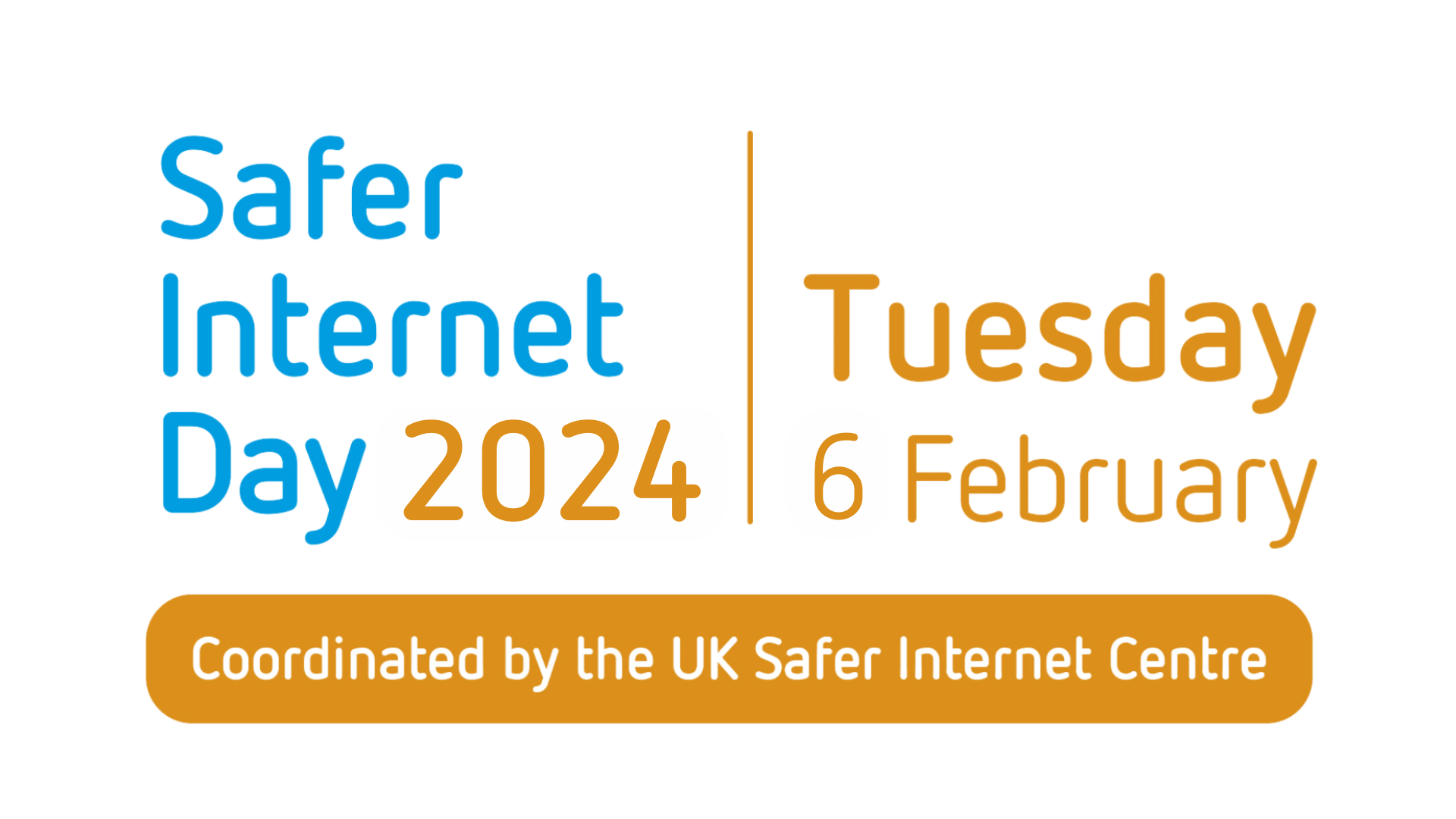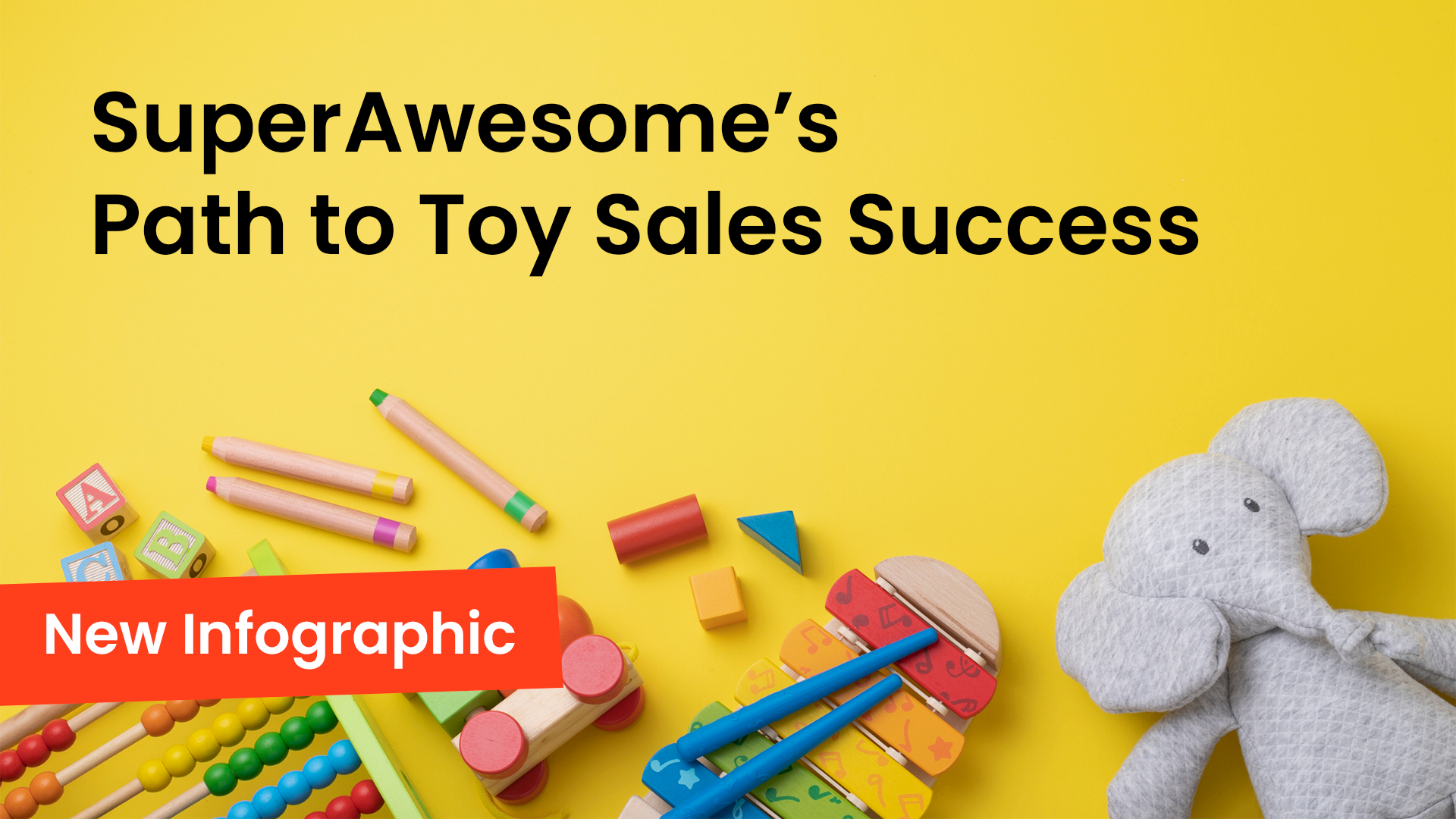Old enough to cultivate their own opinions and spending power, but young enough to draw upon parental budgets, the 13-15 audience has quietly become the most influential household audience in the world. In our recent report, The emergence of the 13-15 market: the world’s most powerful household influencers, we shared key learnings about this essential new audience, including guidance to help brands reach them effectively.
But what exactly makes Young Teens so different, and why should brands care about engaging this cohort? We sat down with Sam Clough, Strategic Insight Director at SuperAwesome, to discuss this and more. Read the full conversation below.
There are many existing insights about teenagers and pre-teens – Gen Z (currently ages 8-23), in fact, is a widely studied demographic. What was the impetus for learning more about the Young Teens (ages 13-15) cohort specifically?
In the 90s, ‘tweens’ (ages 10-12) emerged as a recognized subset that were very different from children and teenagers. Similarly today, as Young Teens demand to be treated distinctly, in accordance with new legislation and societal shifts, it’s important to challenge the way we think about 13-15 year olds. One of the biggest misconceptions about Young Teens is that they can be categorized together with older teens into this generic teenage bucket. But they really are a distinct segment. They have their own needs, interests, and loyalties.
Can you share a little bit more about what makes them so distinct?
The first and most important thing to consider with this age group, more than any other cohort, is that the Young Teen years are a period of immense transition – from physical and hormonal changes to discovering who they are and who they want to become. Having recently come out of this childhood phase, they are also beginning to think very differently and develop their own opinions, which affects everything they do, from the relationships they form to the risks that they take.
This also means that they are much more independent than they ever were before. While they may not yet be as fully independent as older teens, they are testing things out by voicing their opinions loudly, going out on their own, and making small financial decisions.
“You have one shot with this audience, how can I make sure my message resonates and doesn’t come across as talking down to them or that we don’t get them?”
–Marketing VP at a leading agency
What are the biggest challenges brands face in trying to reach Young Teens?
From lack of insights on this age segment to finding a relatable and authentic message that will resonate with them, reaching Young Teens has been historically challenging. Many of the brands that we spoke with shared that they wanted to learn how to engage this audience in a safe and effective way, but needed more information to do so.
Understanding what’s important to this demographic is critical for brands attempting to reach them; this is because Young Teens have a strong awareness of what does and doesn’t feel authentic or ethical, making them especially skeptical when it comes to branded content. Messaging that misses the mark is guaranteed to generate a sense of mistrust.
You mentioned legislation earlier. How do online privacy laws come into play when considering Young Teens?
Digital privacy requirements around the world, from GDPR-K in Europe to the California Consumer Privacy Act (CCPA) in California, are increasingly raising the age of their audience coverage. The Age Appropriate Design Code (AADC) in the UK considers a child to be up to 18 years old. Brands need to carefully consider not only what they say but also how that message is delivered.
With all of these complex challenges to consider, why not simply avoid Young Teens? Why should brands care about engaging this audience?
Young Teens are at the peak of their power in household purchasing; they’re driving over $61B in annual spending, and they are much more influential than both their younger and older counterparts. Not only do they influence what their parents spend, but they also often have their own spending money. Some save birthday or holiday money and others may have their own part-time jobs. It’s a double whammy of having their own money and their expensive tastes being bankrolled by mom and dad.
It’s also important to remember that, as discussed previously, the Young Teen years are a journey of self discovery. Young Teens feel passionately about the brands that help them navigate these waters, and this intense affinity can lead to a relationship that lasts a lifetime.
Are you interested in learning more about Young Teens, including the key behaviors you need to demonstrate when communicating with this segment and the ultimate formula for superior Young Teens engagement? Download our report today for actionable insights to help you reach this powerful audience.






